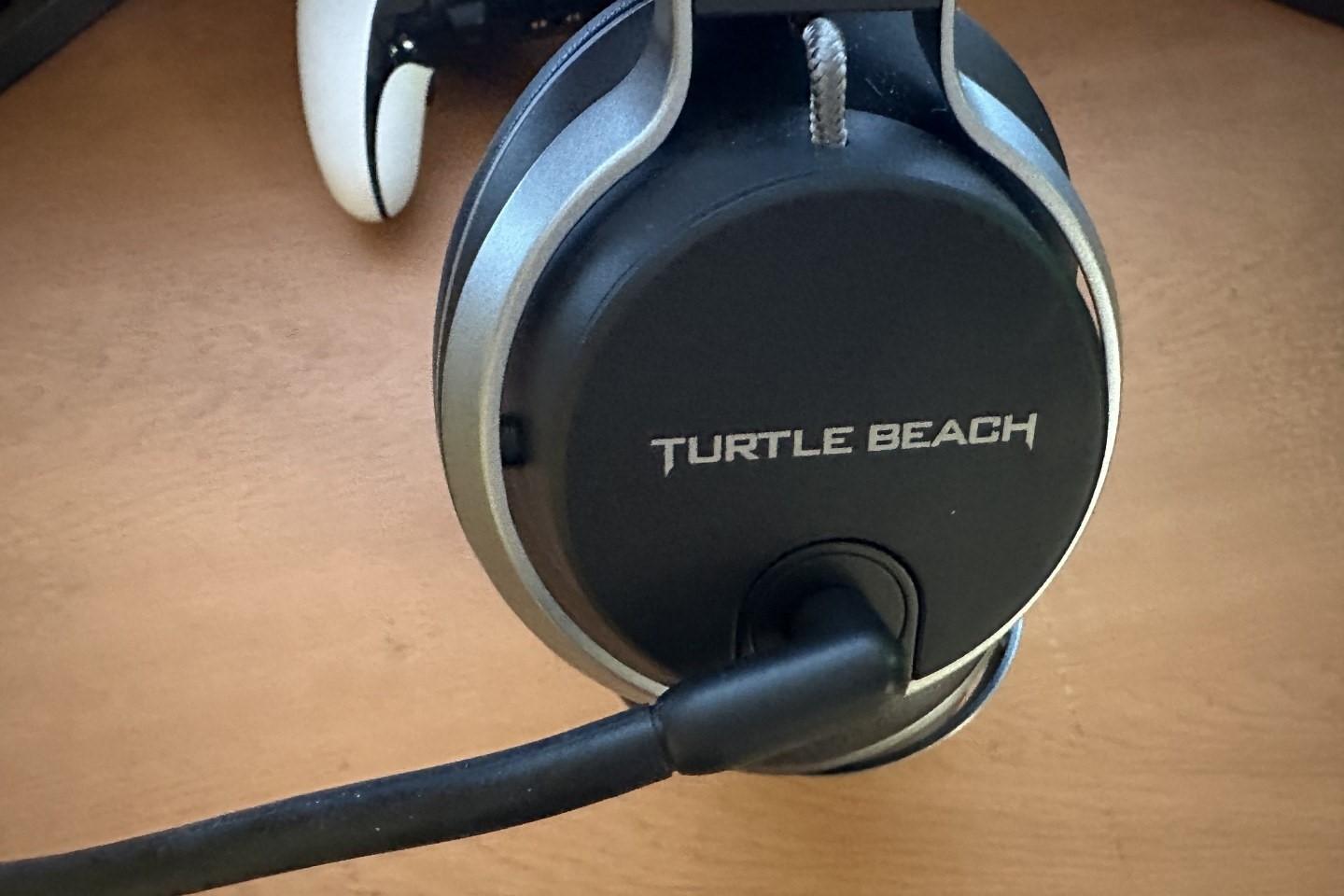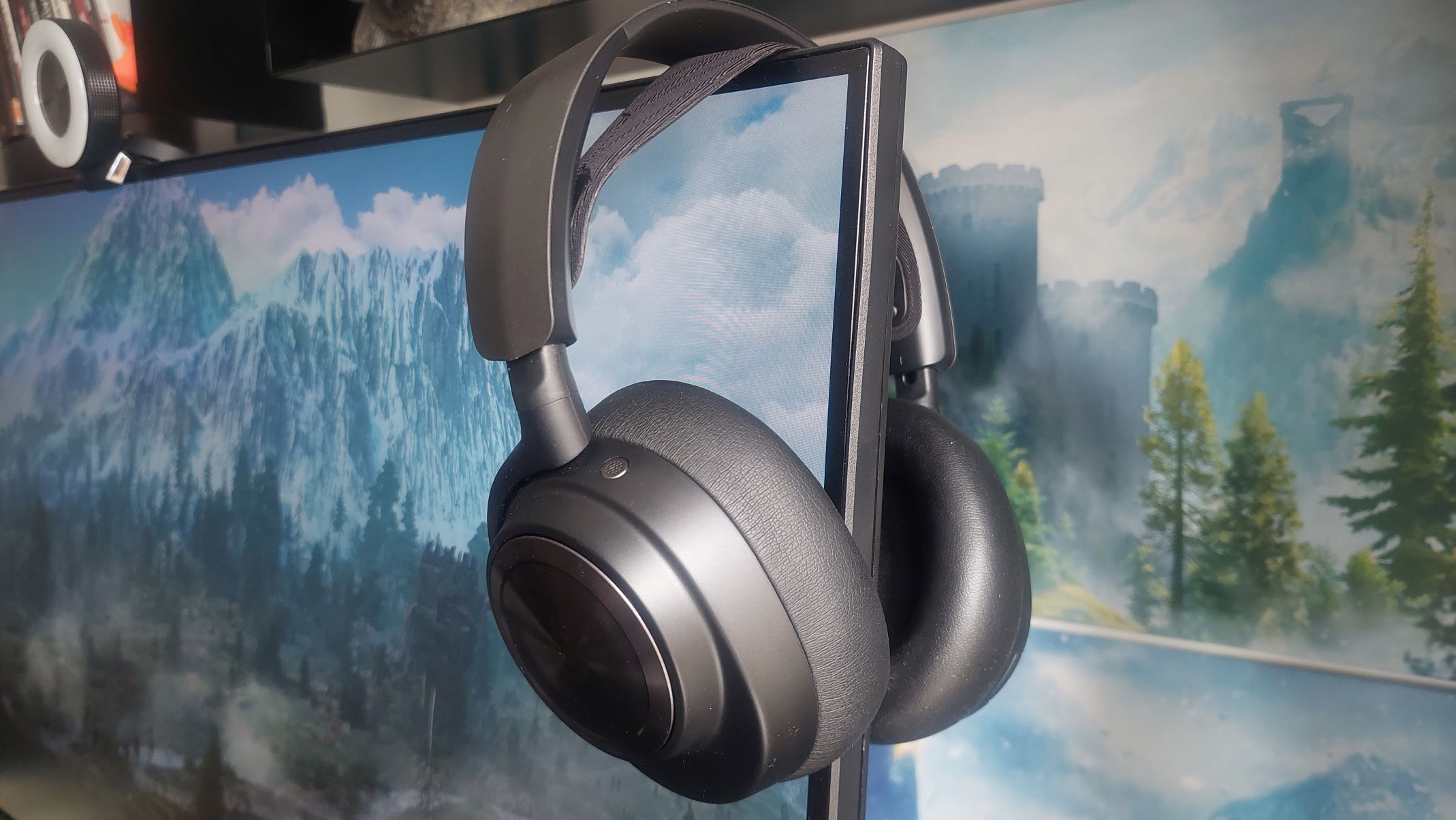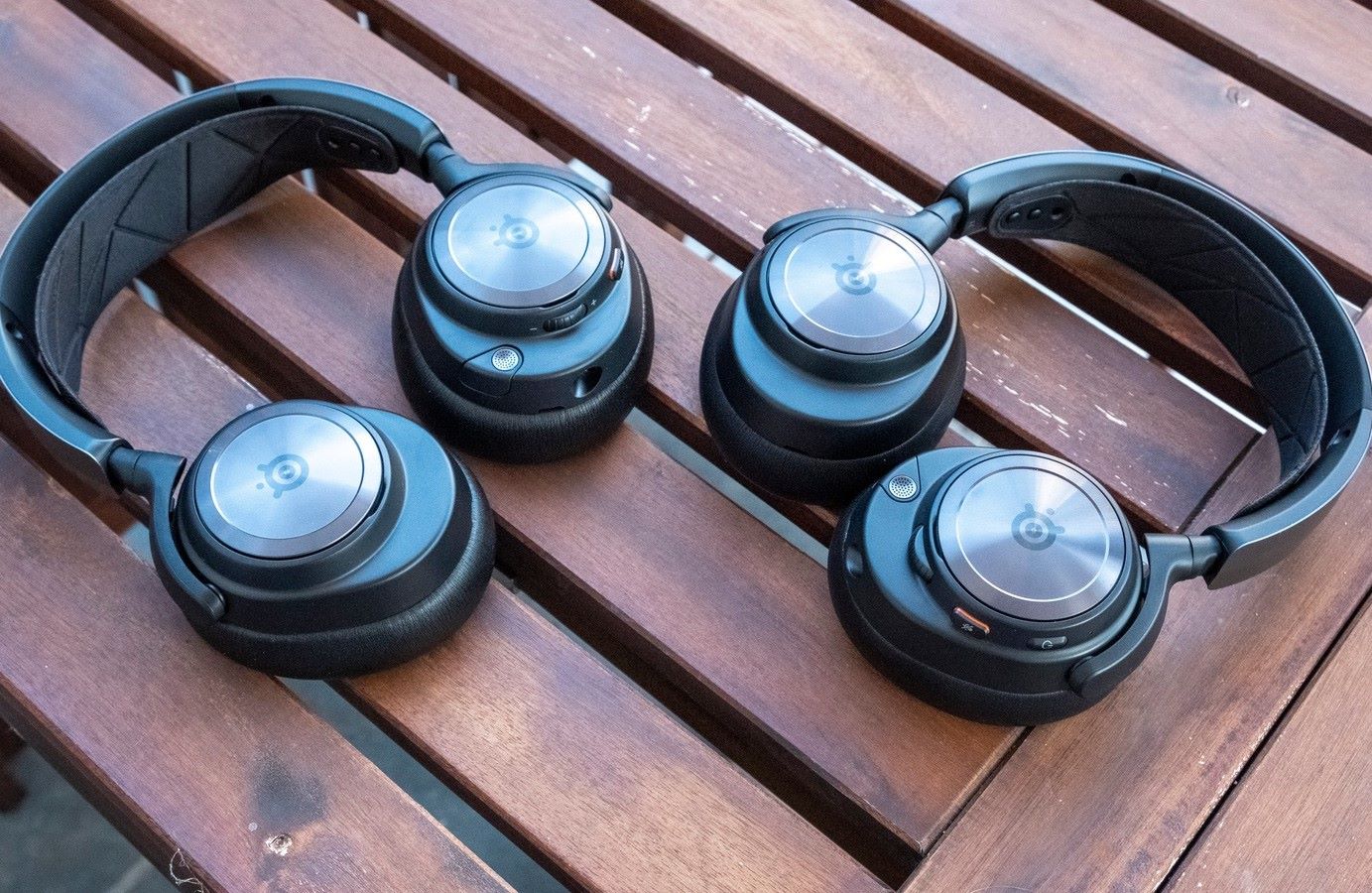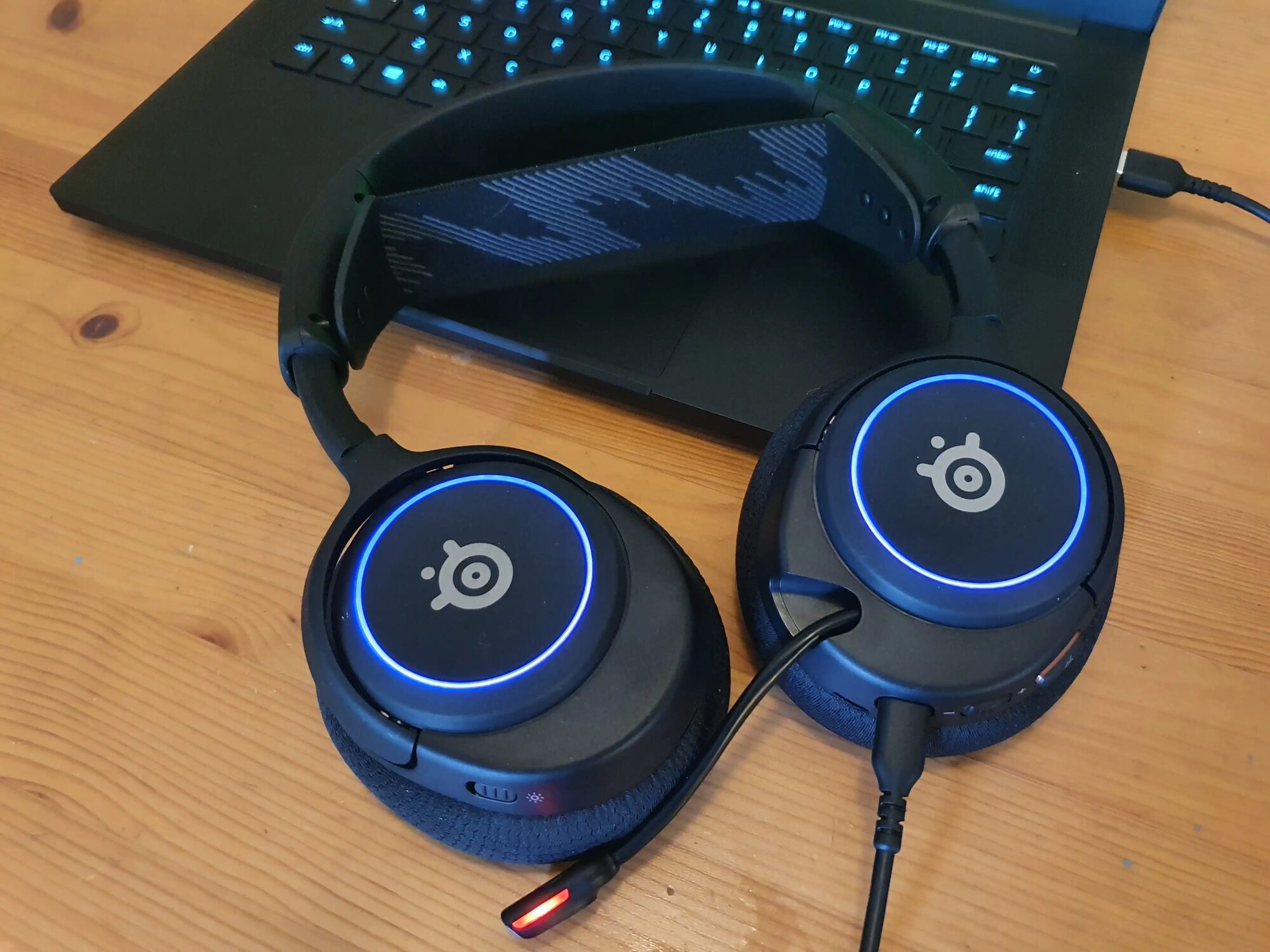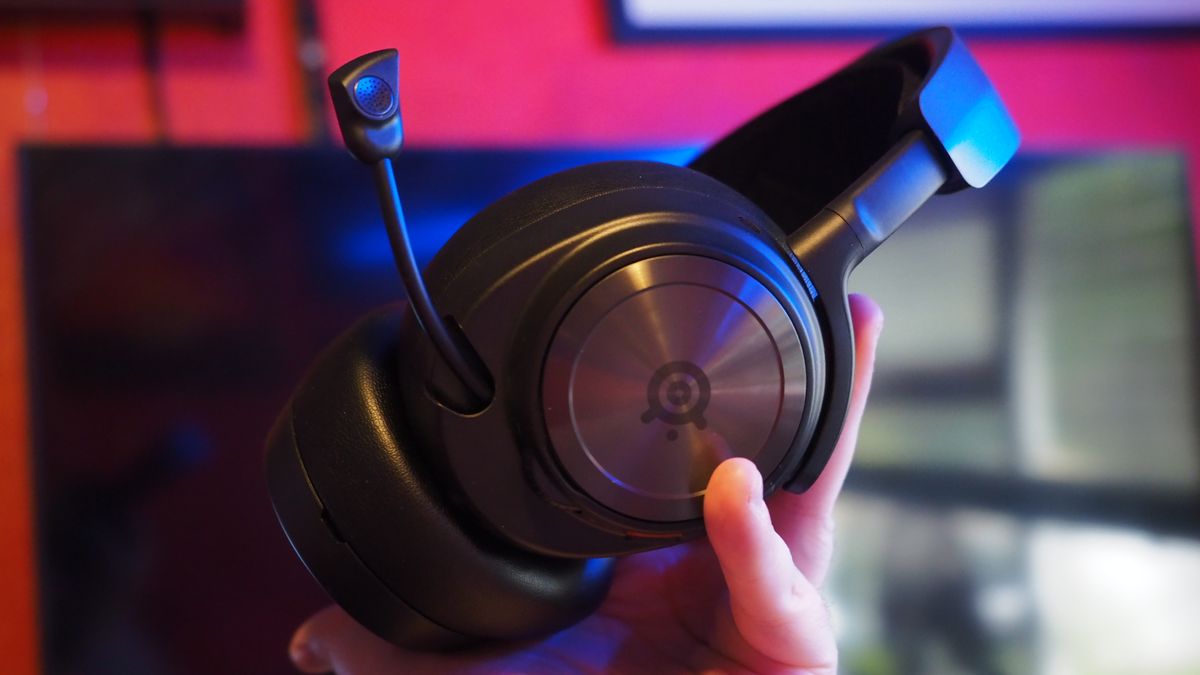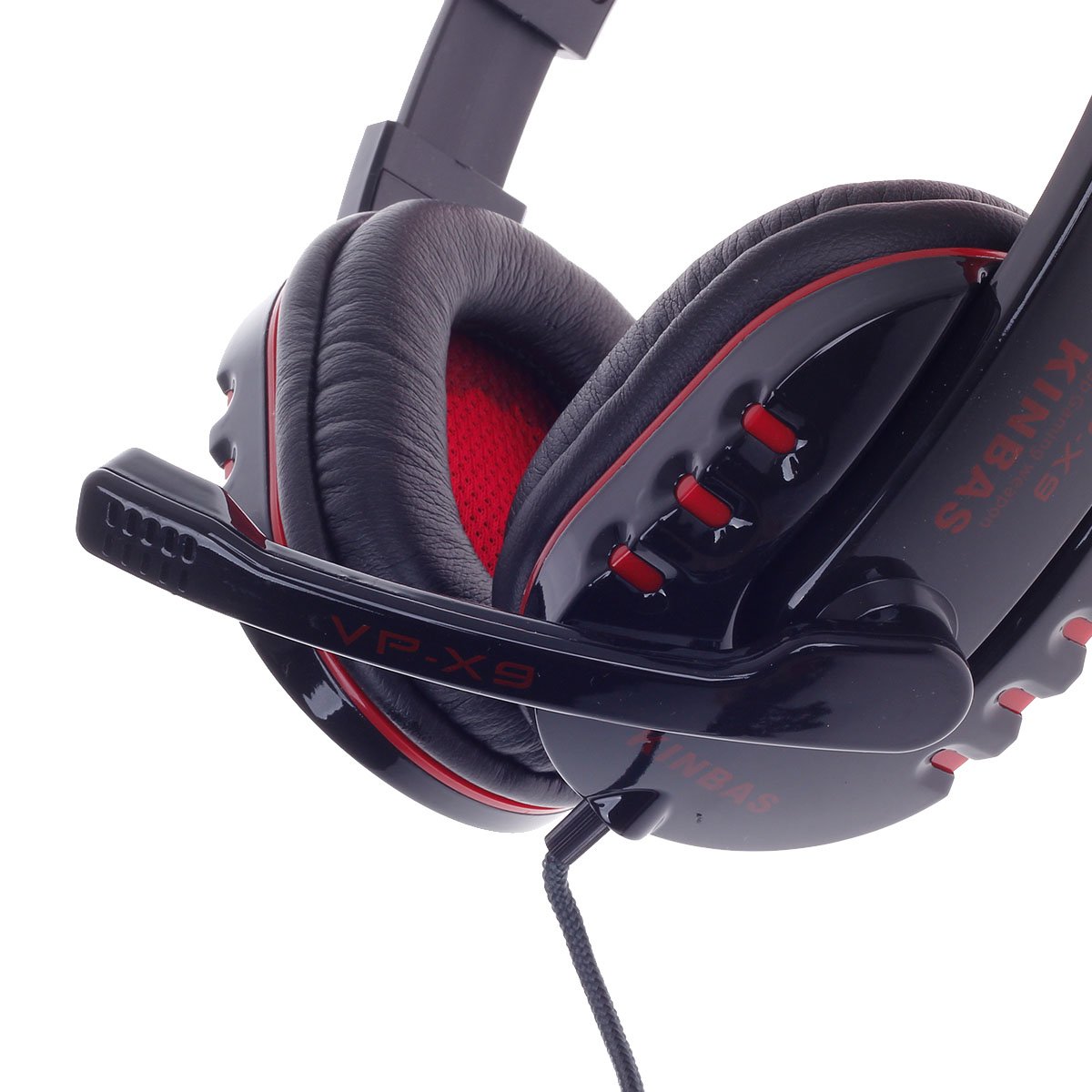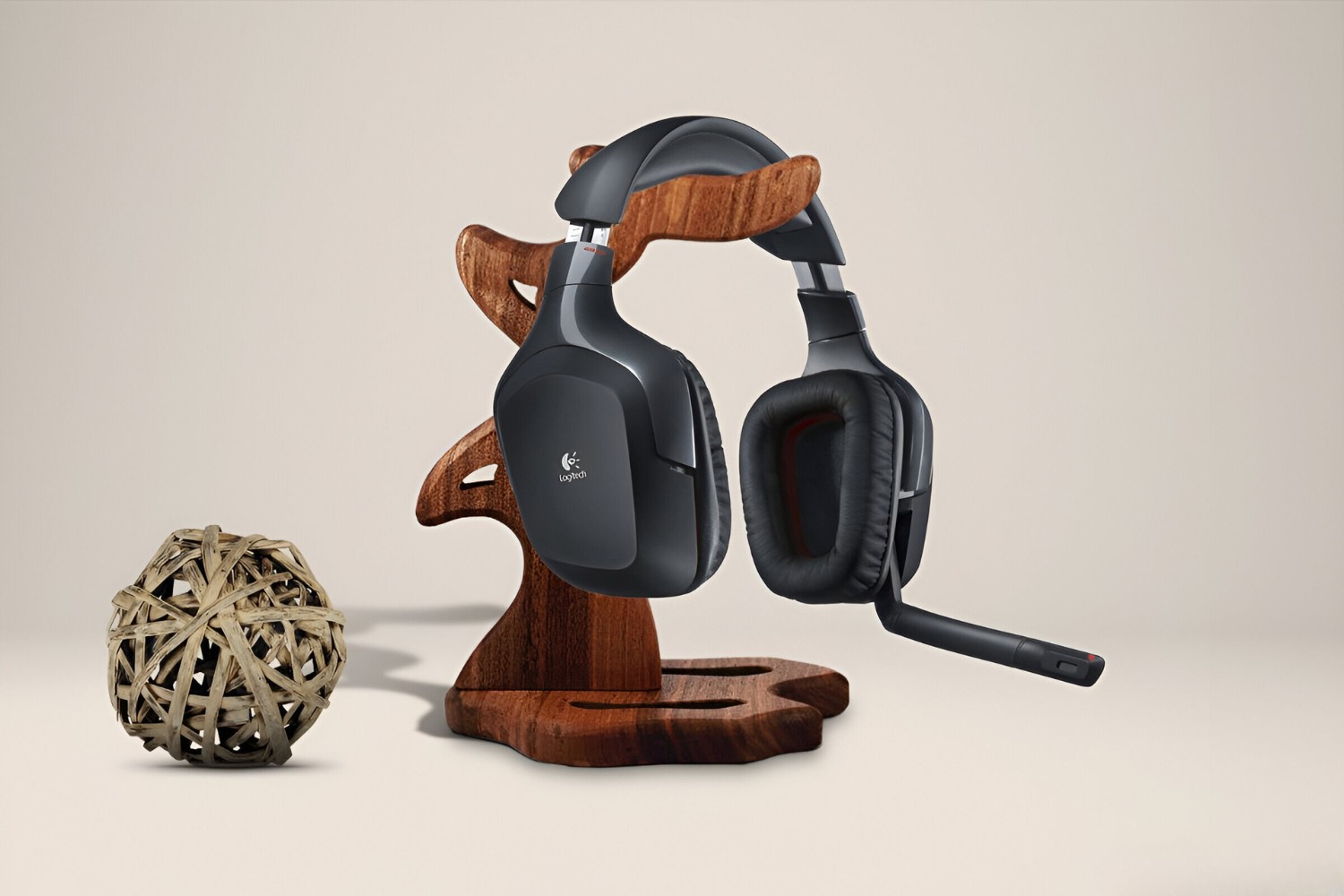Understanding Sensitivity in Gaming Headsets
When it comes to gaming headsets, sensitivity refers to the microphone’s ability to pick up sound. A higher sensitivity means the microphone is more responsive and can capture even the faintest of sounds. While this can be beneficial in some scenarios, it can also lead to unwanted background noise and distractions during gaming sessions.
It’s crucial to understand that sensitivity is not a measure of a gaming headset’s audio quality but rather its capacity to capture sound. High sensitivity can result in picking up keyboard clicks, mouse movements, or even ambient noise, which can negatively impact the gaming experience for both the user and other players in a multiplayer setting.
Moreover, sensitivity levels can vary between different gaming headsets, and it’s essential for users to be aware of this aspect when selecting a product that aligns with their specific gaming needs. By comprehending the role of sensitivity in gaming headsets, users can make informed decisions and take proactive measures to mitigate its potential drawbacks.
Tips for Reducing Sensitivity in Gaming Headsets
Reducing sensitivity in gaming headsets can significantly enhance the overall gaming experience by minimizing background noise and focusing on clear, precise audio capture. Here are some effective tips to achieve this:
- Adjust the Microphone Sensitivity: Most gaming headsets come with software or hardware controls that allow users to adjust the microphone sensitivity. Lowering this setting can help reduce the pickup of unwanted ambient noise while still capturing the user’s voice effectively.
- Position the Microphone Properly: Placing the microphone at the optimal distance from the user’s mouth can make a notable difference in sensitivity. Positioning it too close may result in picking up breathing sounds, while placing it too far can lead to a loss of clarity. Finding the right balance is crucial.
- Use a Pop Filter: Attaching a pop filter to the microphone can help diminish plosive sounds (such as “p” and “b” sounds) and reduce the impact of breathing noises, thus contributing to a more controlled sensitivity level.
- Opt for a Headset with a Detachable Microphone: Some gaming headsets offer the flexibility of detaching the microphone when it’s not needed. This feature allows users to eliminate the microphone entirely when background noise is a concern, effectively reducing sensitivity to ambient sounds.
- Consider a Headset with Built-in Noise Cancellation: Investing in a gaming headset equipped with noise-cancellation technology can significantly mitigate sensitivity issues by actively filtering out unwanted background noise, providing a clearer and more focused audio input.
By implementing these tips, gamers can effectively reduce sensitivity in their gaming headsets, leading to a more immersive and distraction-free gaming environment.
Adjusting Settings on Your Gaming Device
Aside from adjusting the settings directly on the gaming headset, gamers can also optimize sensitivity by tweaking the settings on their gaming device. Here are some valuable adjustments that can make a difference:
- Operating System Settings: For PC gamers, accessing the sound settings in the operating system can provide options to adjust microphone sensitivity and noise levels. By fine-tuning these settings, users can tailor the microphone’s input to their preferences, effectively reducing sensitivity.
- Game-Specific Settings: Many games feature in-game audio settings that include options for microphone sensitivity. Gamers should explore these settings to find the ideal balance between capturing their voice clearly and minimizing background noise. Making game-specific adjustments can significantly enhance the overall gaming experience.
- Third-Party Software: Utilizing third-party software can offer additional control over microphone sensitivity. There are various applications available that allow users to customize microphone settings, apply noise reduction filters, and fine-tune sensitivity levels according to their specific requirements.
- Audio Interface Settings: For console gamers or those using external audio interfaces, adjusting the microphone input settings directly on the interface can provide a more granular approach to managing sensitivity. These settings can often be accessed through the console or interface’s audio control panel.
- Testing and Iteration: After making adjustments to the settings, it’s essential to test the changes in a gaming environment and iterate as needed. Gamers should pay attention to the clarity of their voice, the presence of background noise, and the overall balance of the audio input to achieve the desired sensitivity level.
By exploring and fine-tuning the settings on their gaming devices, gamers can effectively reduce sensitivity in their gaming headsets, leading to a more immersive and distraction-free gaming environment.
Using a Noise-Canceling Microphone
Investing in a gaming headset with a noise-canceling microphone can be a game-changer for those seeking to reduce sensitivity and minimize background noise. These advanced microphones are designed to actively filter out unwanted ambient sounds, providing a clearer and more focused audio input. Here’s how utilizing a noise-canceling microphone can significantly enhance the gaming experience:
- Active Noise Cancellation Technology: Noise-canceling microphones utilize advanced technology to distinguish between desired voice input and surrounding ambient noise. By actively suppressing unwanted sounds, these microphones can effectively reduce sensitivity and ensure that the user’s voice takes precedence in the audio input.
- Enhanced Clarity and Precision: The noise-canceling feature results in clearer and more precise voice capture, allowing gamers to communicate with teammates and engage in multiplayer interactions without the distraction of background noise. This heightened clarity contributes to a more immersive and effective communication experience.
- Minimized Interference: With noise-canceling microphones, the risk of picking up keyboard clicks, mouse movements, or other environmental sounds is significantly reduced. This minimizes interference and ensures that the microphone focuses on the user’s voice, creating a more controlled and professional audio input.
- Optimal Performance in Various Environments: Whether gaming in a bustling gaming convention or a quiet home setup, a noise-canceling microphone excels in maintaining consistent audio quality. By adapting to different environments and effectively mitigating sensitivity, these microphones provide a reliable and adaptable solution for gamers.
- Compatibility and Integration: Many noise-canceling microphones seamlessly integrate with gaming headsets, offering a hassle-free and convenient solution for reducing sensitivity. This compatibility ensures that gamers can easily upgrade their existing setup to benefit from enhanced noise cancellation capabilities.
By incorporating a noise-canceling microphone into their gaming headset, users can experience a significant reduction in sensitivity, leading to a more immersive and distraction-free gaming environment.
Choosing the Right Gaming Headset for Your Needs
When aiming to reduce sensitivity in a gaming headset, selecting the appropriate device tailored to specific needs is paramount. Several key factors should be considered to ensure that the chosen gaming headset effectively addresses sensitivity concerns while delivering an optimal gaming experience:
- Microphone Specifications: Prioritize gaming headsets with microphones specifically designed to minimize sensitivity and background noise. Look for features such as noise-canceling technology, adjustable sensitivity settings, and directional microphone designs that focus on capturing the user’s voice while reducing ambient sounds.
- Comfort and Fit: Opt for a gaming headset that offers a comfortable and secure fit for extended gaming sessions. A well-fitting headset can minimize unwanted movement and vibrations that may contribute to sensitivity issues, ensuring a more controlled and consistent audio input.
- Compatibility and Connectivity: Consider the compatibility of the gaming headset with your gaming platform or device. Whether it’s PC, console, or mobile gaming, ensuring seamless integration and optimal connectivity can contribute to a more effective reduction in sensitivity and enhanced overall performance.
- Noise-Isolating Features: Look for gaming headsets with noise-isolating features such as ear cup design and cushioning that effectively block out external sounds. By reducing the impact of ambient noise on the microphone, these features can complement sensitivity reduction efforts and enhance the overall audio experience.
- Brand Reputation and Reviews: Research the reputation of gaming headset brands and explore user reviews to gauge the effectiveness of sensitivity reduction in various models. Real-world experiences and feedback from other gamers can provide valuable insights into the performance of different headsets in managing sensitivity and background noise.
By carefully considering these factors and conducting thorough research, gamers can make informed decisions when choosing a gaming headset that effectively reduces sensitivity, resulting in a more immersive and distraction-free gaming environment.









